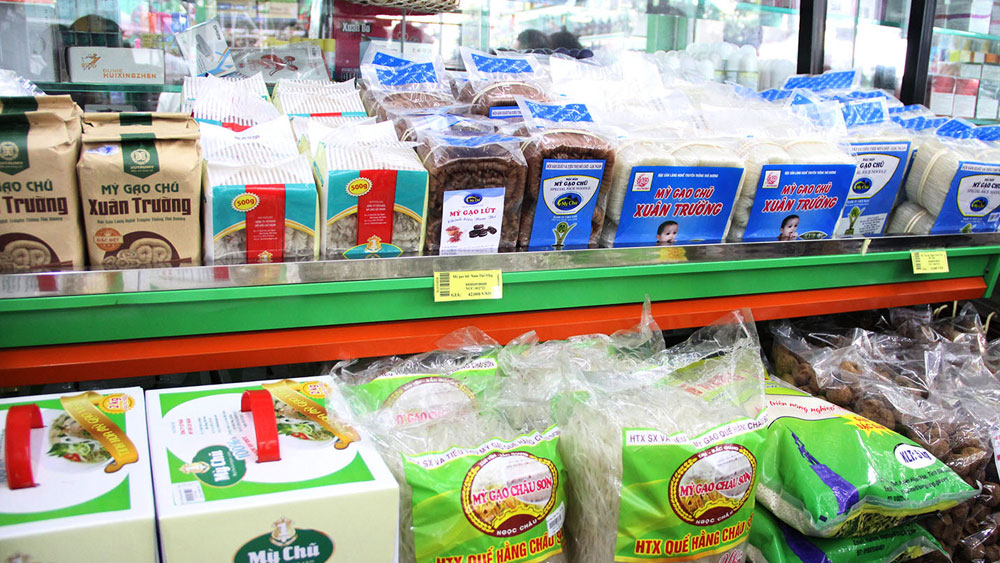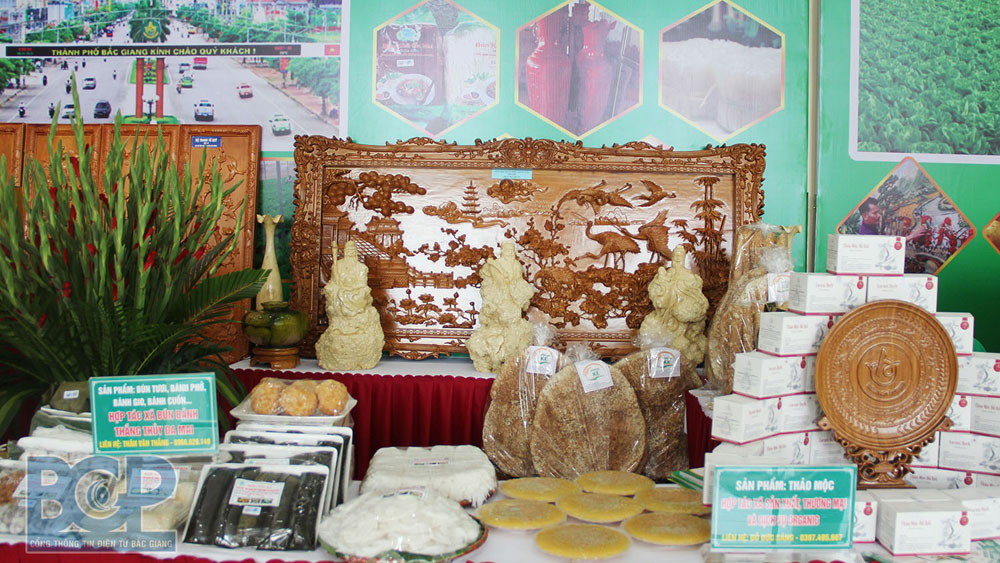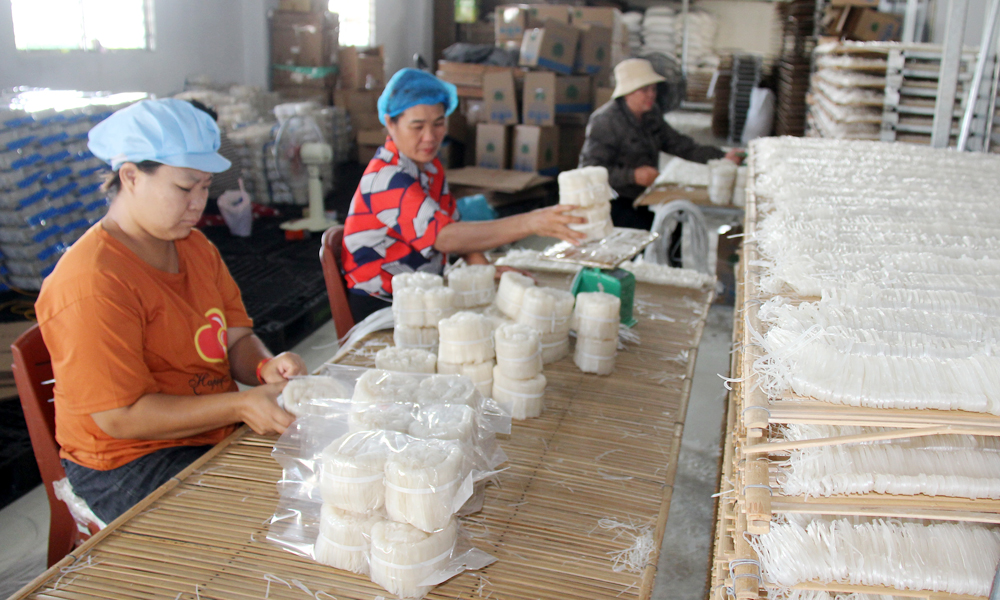Bac Giang develops craft villages as driving force for local economy
Developing craft villages, taking advantages of available human resource
Since recognized as craft village in 2010, Bai Oi Capenter Craft Village Cooperative (Bai Oi Cooperative) in Dinh Tri commune, Bac Giang city has achieved dramatic growth. From a small handicraft village, Bai Oi now becomes a modern carpentry village, creates driving force in local economy and several jobs for rural labour.
 |
|
By changing production method, Bai Oi Capenter craft village brings huge income for member households. |
Currently, 59 member Bai Oi Cooperative has operated in the field of internal and external wood furniture and created jobs to 220 labours with average revenue of 34.5 billion VND (1.5 million USD) per year and average income for each member of 7 – 9 million VND per month.
Also recognized as the traditional craft village in 2010, Thu Duong rice noodle craft village in Nam Duong commune, Luc Ngan district has had seven cooperatives to produce, trade and consume products with 287 out of 365 households joining the craft, representing 78.63 percent of total local labours who get average monthly income of 7.5 – 8.5 million VND for each.
The exclusive commodity brand of Chu rice noodle or “My Chu” was granted to the craft village by the National Office of Intellectual Property of Vietnam (Ministry of Science and Technology). Many Chu rice noodle products were certified as three or four star One Commune One Product (OCOP) by the provincial People’s Committee (PPC).
 |
|
The trademark of “Chu rice noodle” is entering more and more stores and supermarkets across the nation. |
Thanks to the application of modern machine in production, Chu rice noodle productivity and quality in Nam Duong commune has been improved, making a firm stand for the product in domestic and foreign markets.
The development of craft villages in localities helped reduce the poverty, switch the economic structure, increase the income for rural labour while taking advantages of available human resource, which are favourable conditions to promote the traditional craft villages sustainably to create high value commodities, further improve and enhance the rural life.
Actively promoting internal force of craft village
According to the Department of Agriculture and Rural Development, the province now has 34 traditional craft villages with 27 effective operation ones. As of August 2021, 1,200 households participated in the craft with more than 5,000 members to gain over 840 billion VND per year.
Besides the good models, several craft villages still encountered a lot of difficulties in making collective brand due to backward management, technology, equipment, untrained labours...
 |
|
The local authority directs to accelerate the trade promotion, trade fair to display and consume the products.
|
To recover the shortcomings, the PPC has recently issued many mechanism and policies to develop craft village in connection with implementing National Target Programme in building new style rural, OCOP programme; accelerate trade promotion activities, trade fair to display and sell products; assist investment to build infrastructure...
Also, the province has encouraged to widespread the traditional craft village to adjacent localities and support the development of new product; assist to develop craft village with tourism potential toward creating tour at the craft village in connection with natural landscape and historic relic...
The local authority has paid due attention to investing in synchronous technical infrastructure of the craft villages, upgrading and revamping routes to facilitate the product transportation and exchange as well as reduce the transportation cost to raise the competitiveness of the rural producers.
However, the cooperatives and craft villages need to actively promote their internal forces and creative thinking to change the appearance, enhance product quality, regularly cooperate to competent agencies to reinforce trade promotion event, apply advanced machine and equipment to production to increase labour productivity, cut down the production cost...to further develop and firmly stand on the market then contribute to raise the income and create stable jobs for rural labours.
 Bắc giang
Bắc giang
















Reader's comments (0)